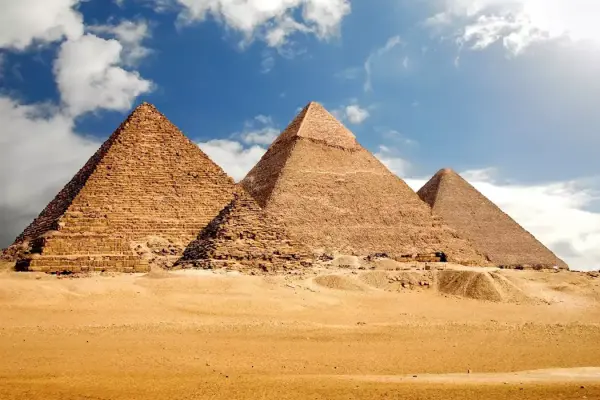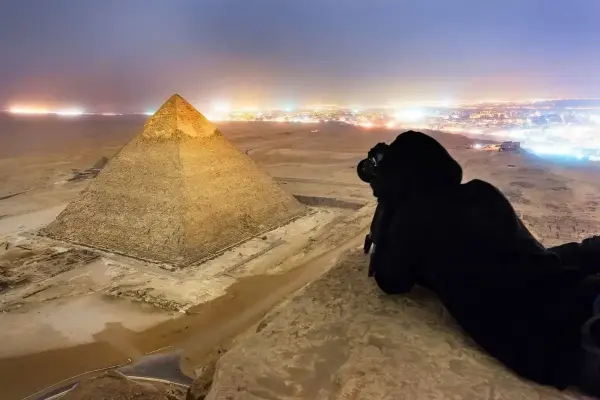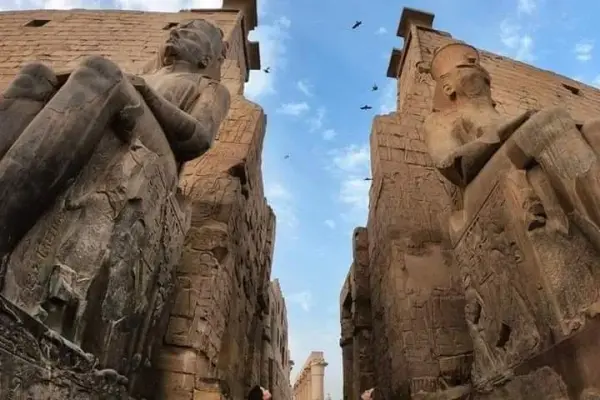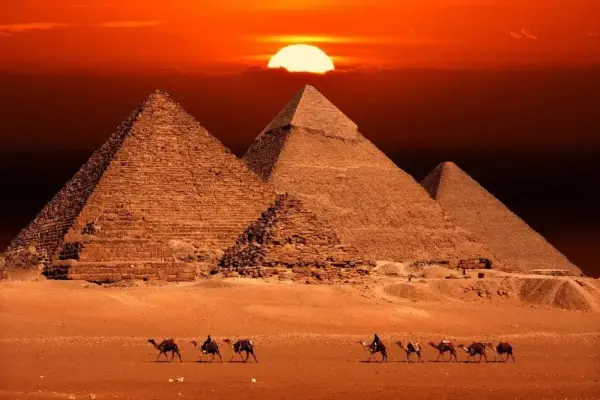Table of contents [Show]
The Great Sphinx of Giza is one of the world's most iconic structures. The limestone statue is made to resemble a reclining sphinx, with a lion's body and a human's head. It was built around 2500 BC, making it the oldest known monumental sculpture in the world and one of its most mysterious.
In this blog post, we will explore Facts about the Great Sphinx and its origins.
What sphinx means?
The Greek term for "strangler," which is a fitting name for this pervasive critter, is where the word "sphinx" originates. The sphinx, which possesses a lion's body and a human head, has long been revered and feared.
The sphinx was thought to have the ability to regulate the weather and fend off evil spirits and was frequently viewed as a guardian figure. The sphinx was frequently sculpted out of stone in ancient Egypt and erected next to tombs and temples as a kind of interior security.
One of the largest and oldest sculptures in existence, this enormous work is more than 240 feet long and over 20 feet tall. The Great Sphinx is believed to have served a symbolic role representing the authority of Pharaoh Khafre, while its exact meaning is uncertain. The Great Sphinx has progressively eroded by wind and rain over the course of millennia, being buried in sand.
Why did they make Great Sphinx with a long head and lion body?
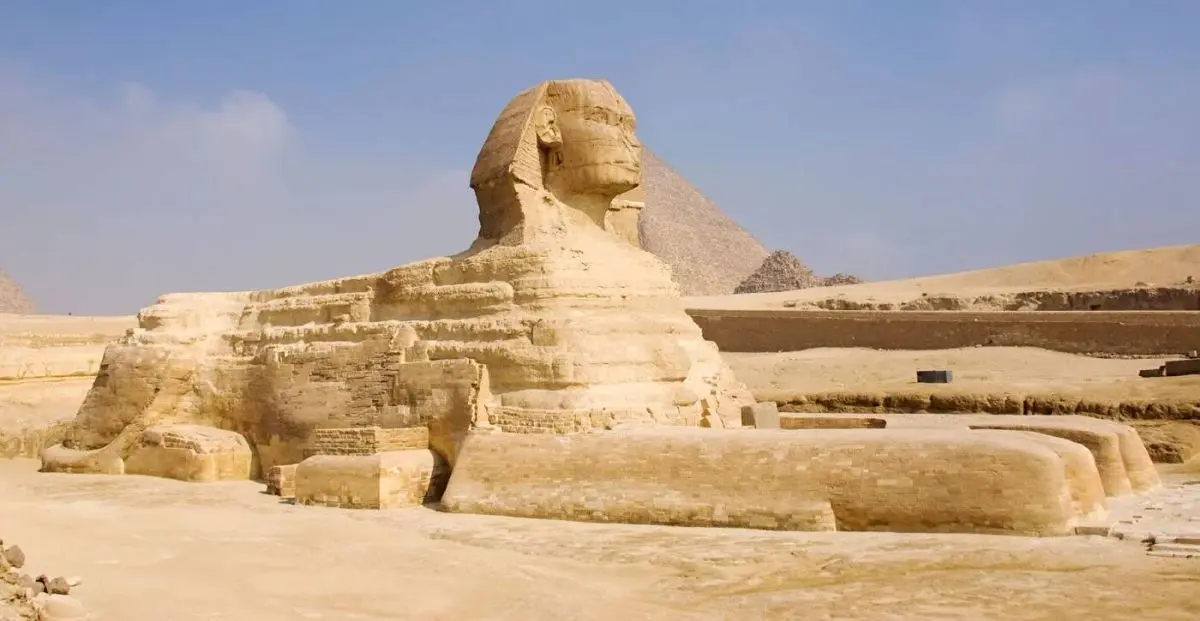
There are a few clarifications for why the Incomparable Sphinx, which has a lion's body and a human head, was made by the old Egyptians. One generally acknowledged speculation is that they were endeavoring to consolidate the could of Ra and Horus, two of their most critical divinities. It appears to be legitimate that they would need to remember it for the sculpture too in light of the fact that the lion was a portrayal of force and sovereignty in old Egypt. Another speculation holds that the Nile Waterway, which was fundamental to Egyptian culture, was expected to be addressed by the type of the Sphinx. It makes normal that the Sphinx would have a lion's body as the waterway was as often as possible alluded to as the Lion.
The Great Sphinx of Giza is one of the most famous and iconic buildings from ancient Egypt, regardless of why it was built. It continues to attract people from all over the world and serves as evidence of the Egyptians' talent and creativity.
Why did the Sphinx lose its nose?
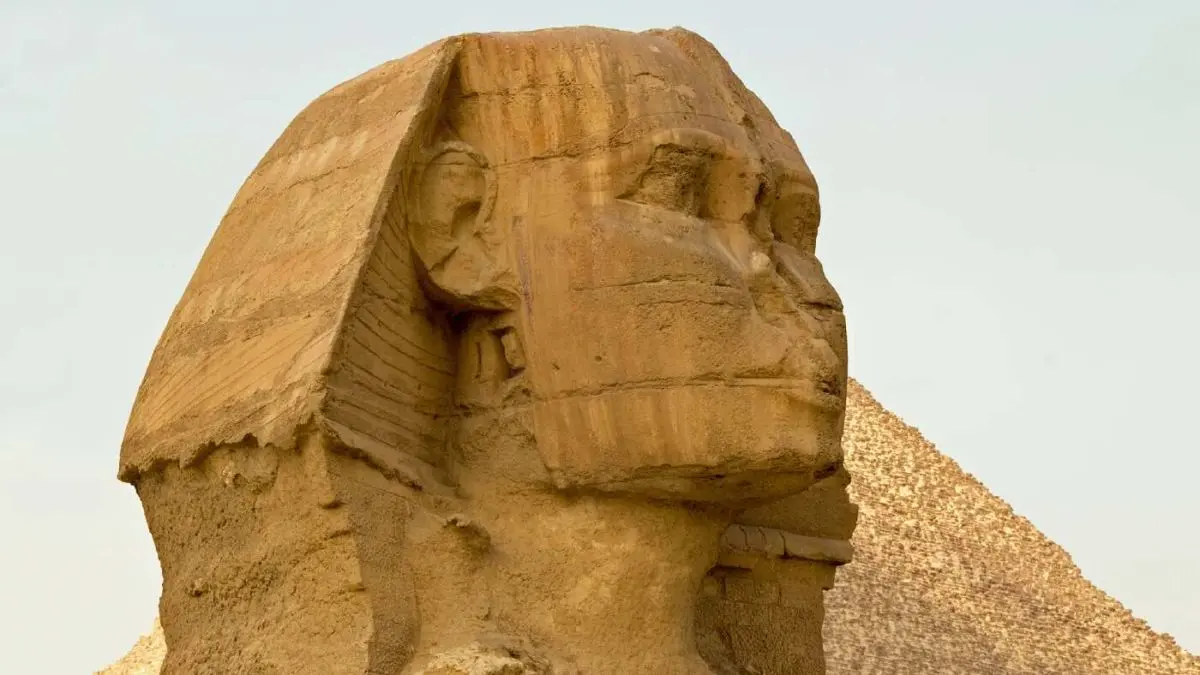
The Sphinx is a limestone statue with a lion's body and a human's head. It is located in Egypt and is one of the oldest and largest statues in the world. The Sphinx Lost its nose when Napoleon's troops used it for target practice.
The History of the Great Sphinx of Giza The Great Sphinx of Giza is a limestone statue of a reclining sphinx, a mythical creature with the body of a lion and the head of a human. Facing directly from West to East, it stands on the Giza Plateau (Giza pyramids) on the west bank of the Nile in Giza, Egypt. The face of the Sphinx is generally believed to represent the Pharaoh Khafre. Cut from the bedrock, the original Sphinx measures 238 feet (73 meters) long from paw to tail and 66.3 feet (20.22 meters) high at its highest point.
It is one of the largest monoliths ever carved by man and is believed to have been built around 2500 BC during the reign of Pharaoh Khafre (2558-2532 BC). The first known reference to the Sphinx was in 1480 BC when Thutmose IV had a dream in which the Sphinx spoke to him, telling him to clear away the sand that was covering its body.
Thutmose IV duly cleared away the sand and erected two stelae between its paws, one bearing his own name and dedication and another bearing that of his father, Amenhotep II. Over time, erosion due to wind and rain has taken its toll on the statue and much of its original detail has been lost. In 1925, Egyptian archaeologist Ahmed Hassan Bey began excavating around and underneath the Sphinx in an attempt to stabilize it and improve The Construction of the Great Sphinx of Giza is a mystery that has yet to be fully understood.
